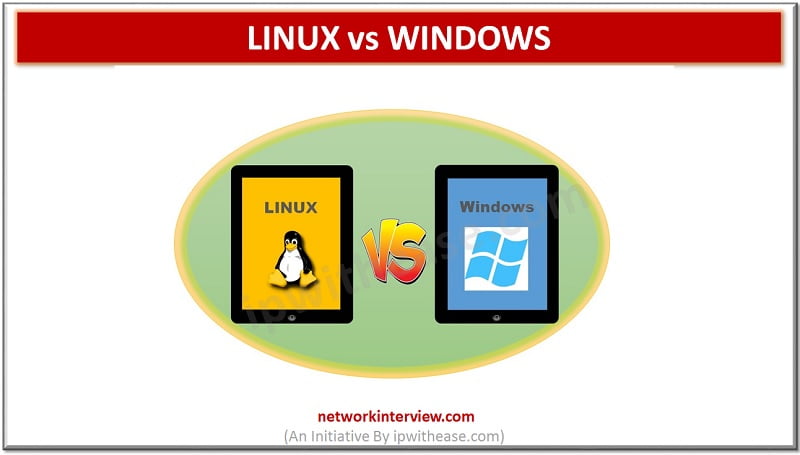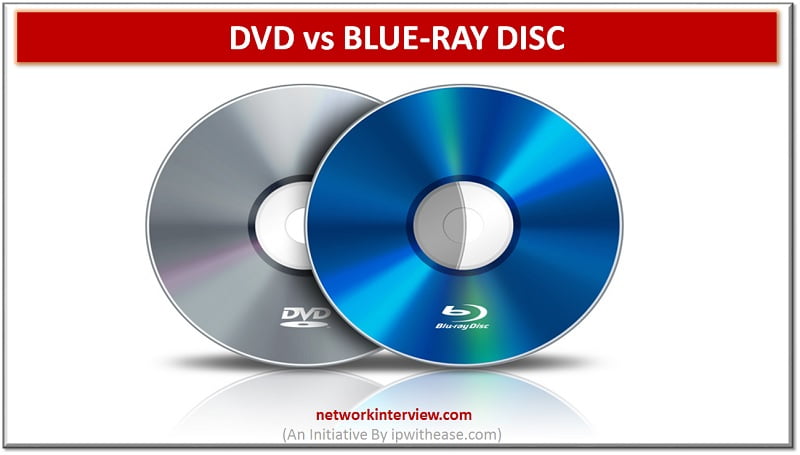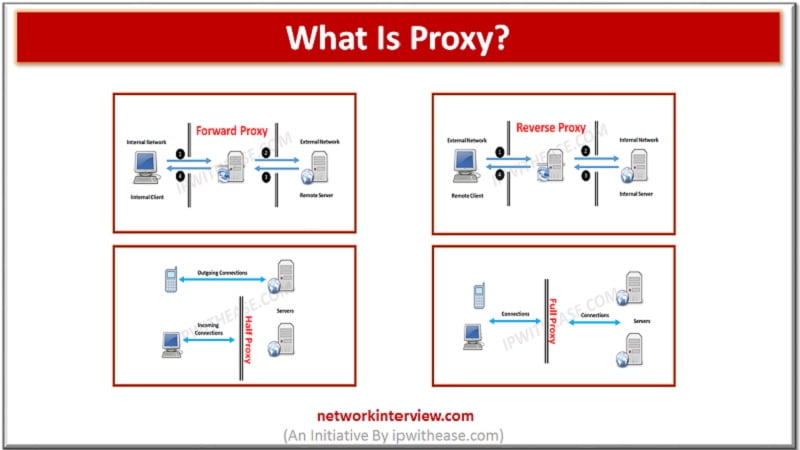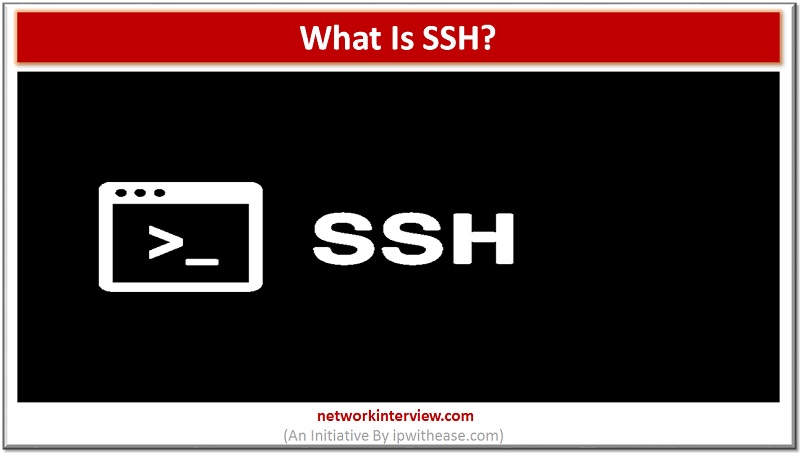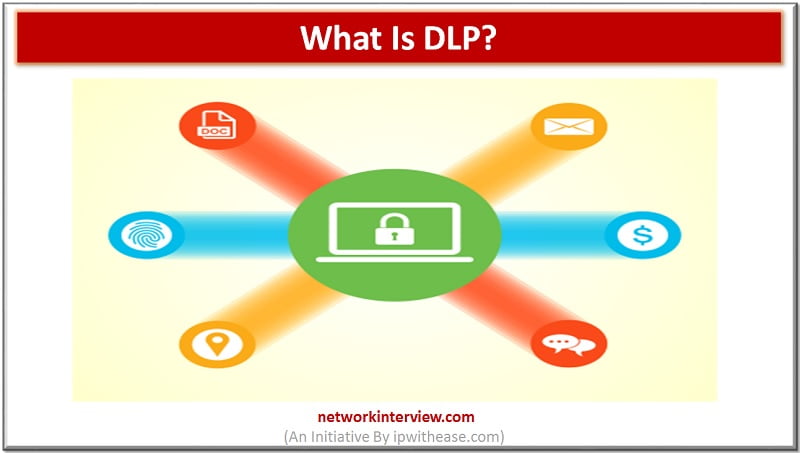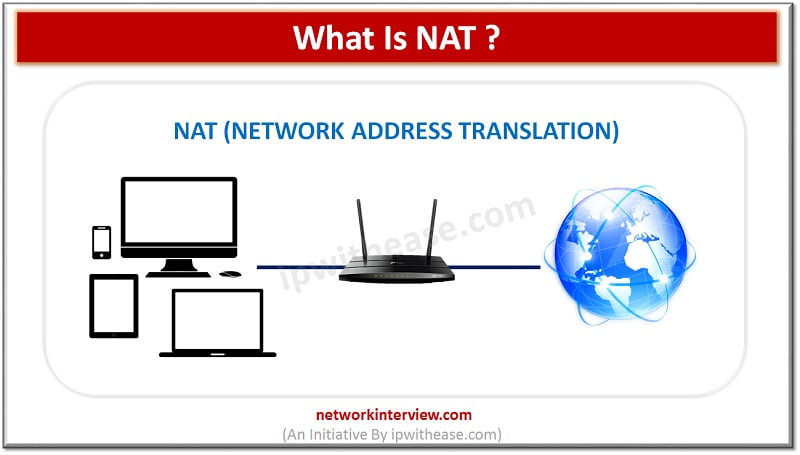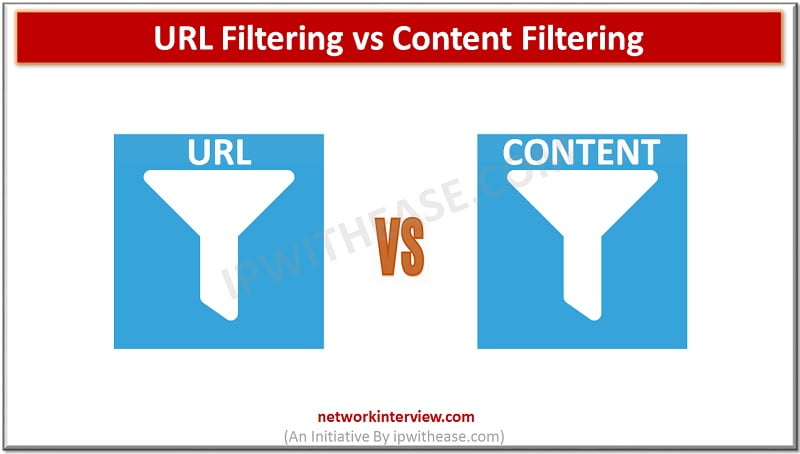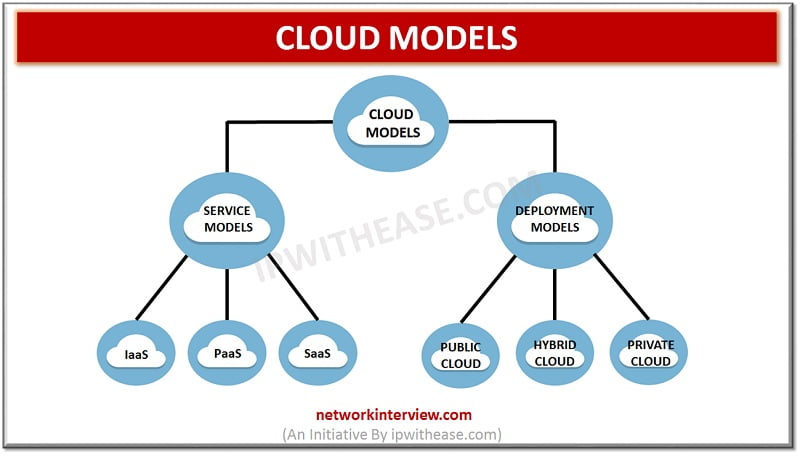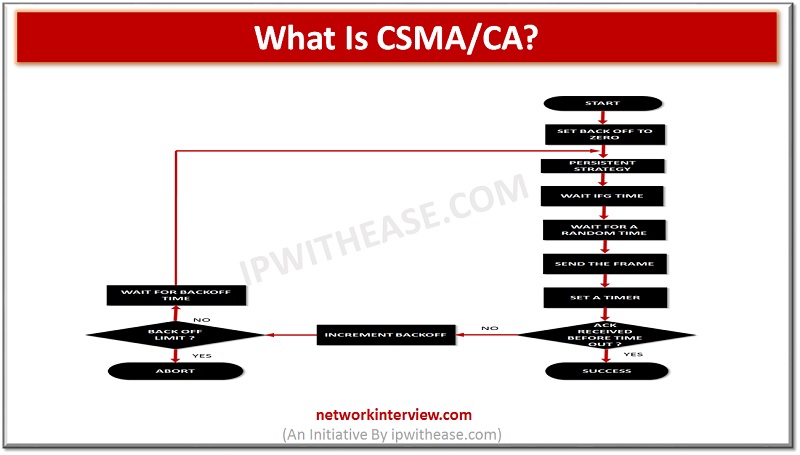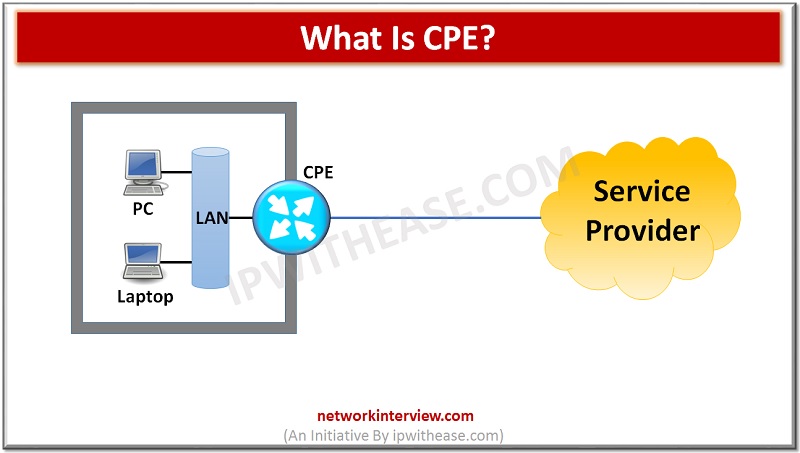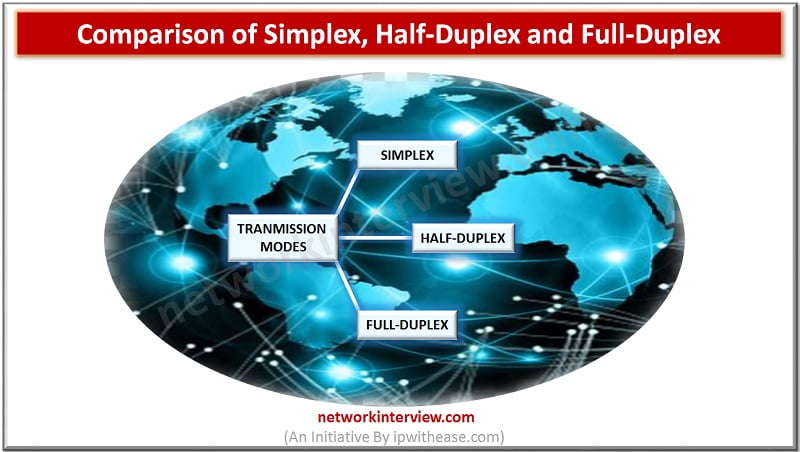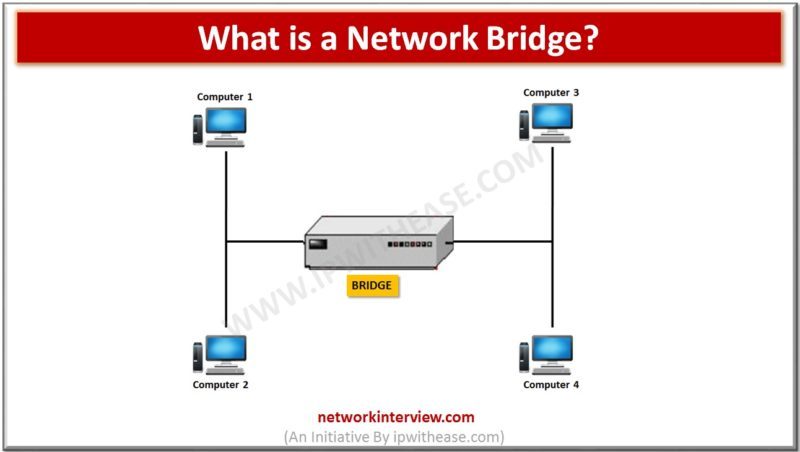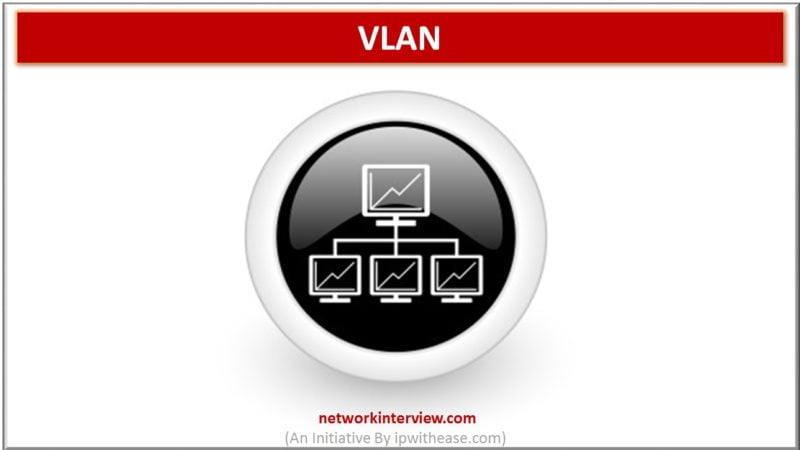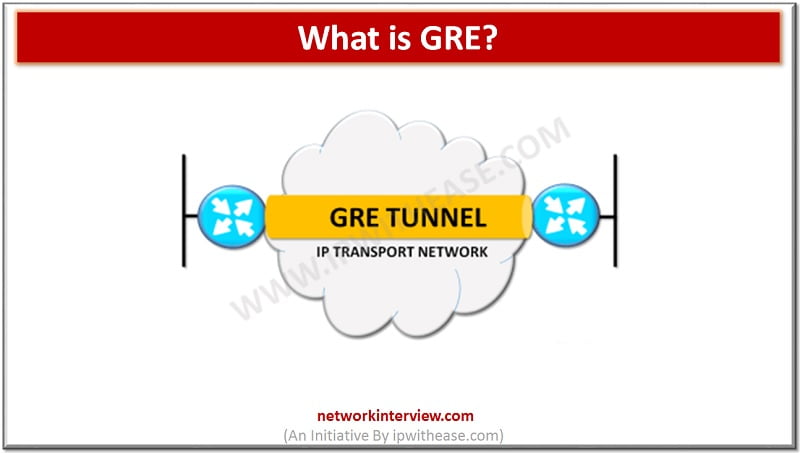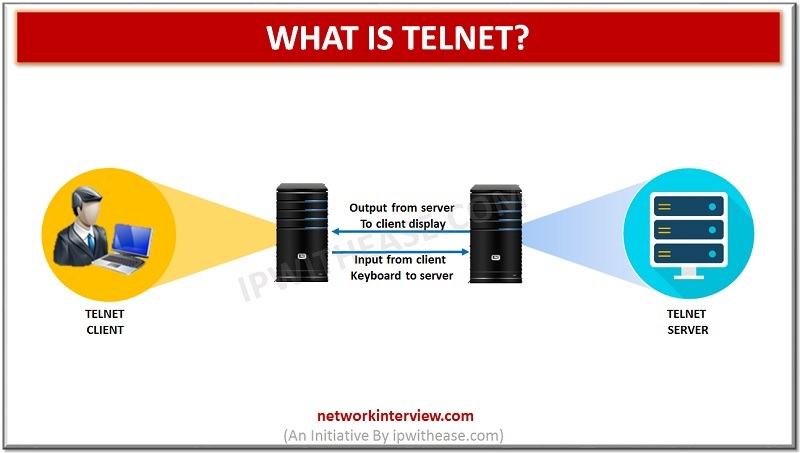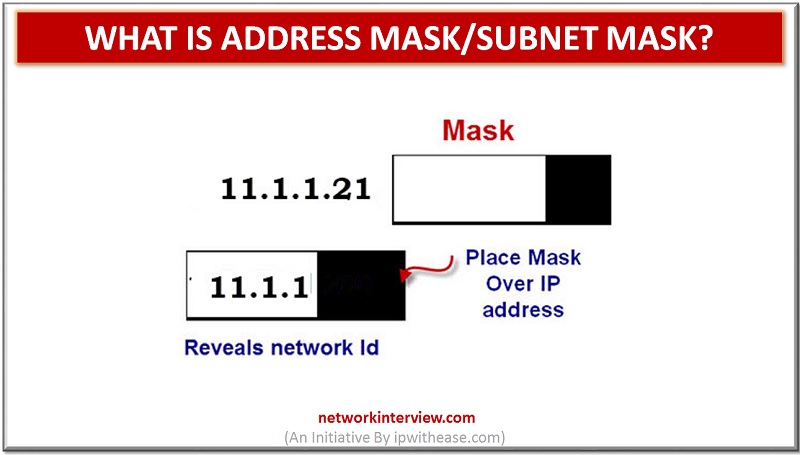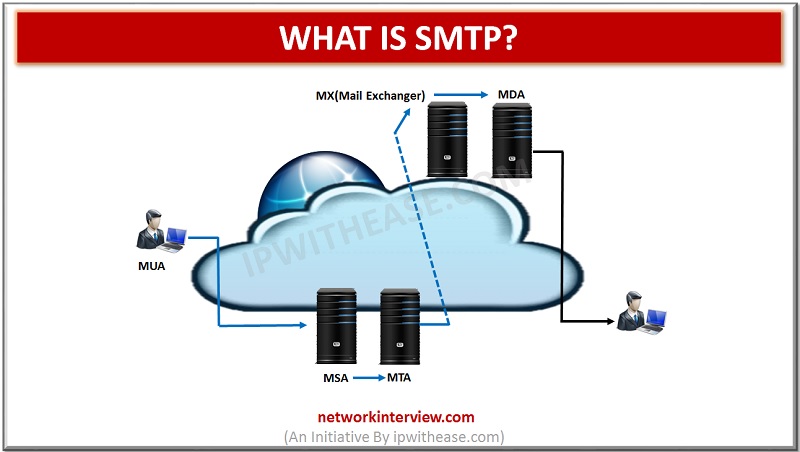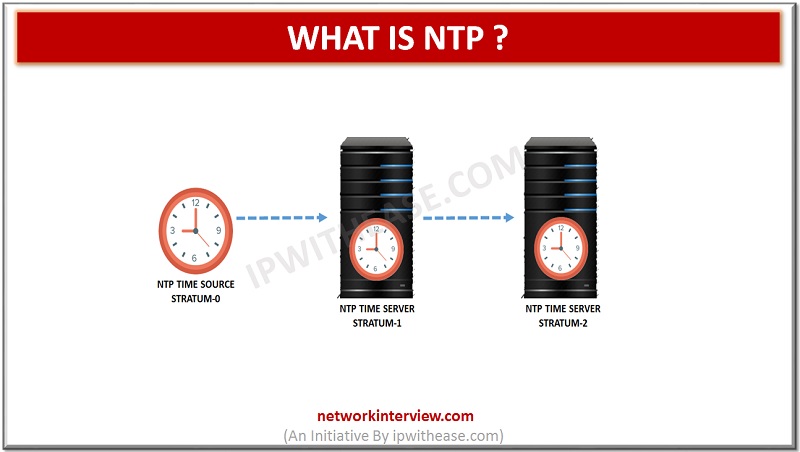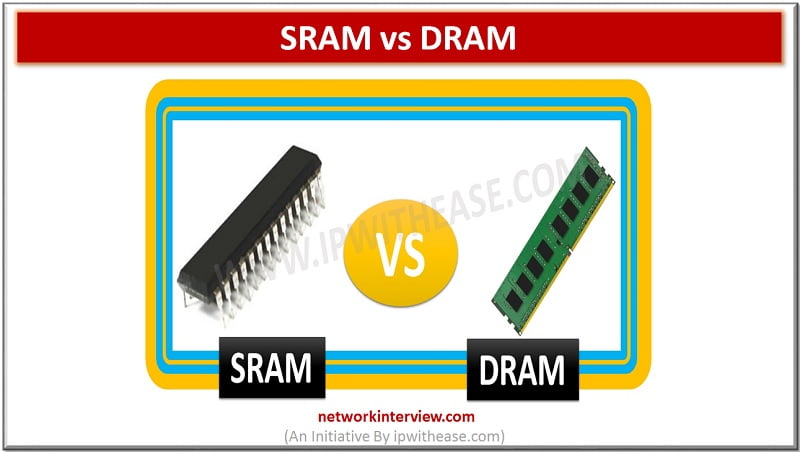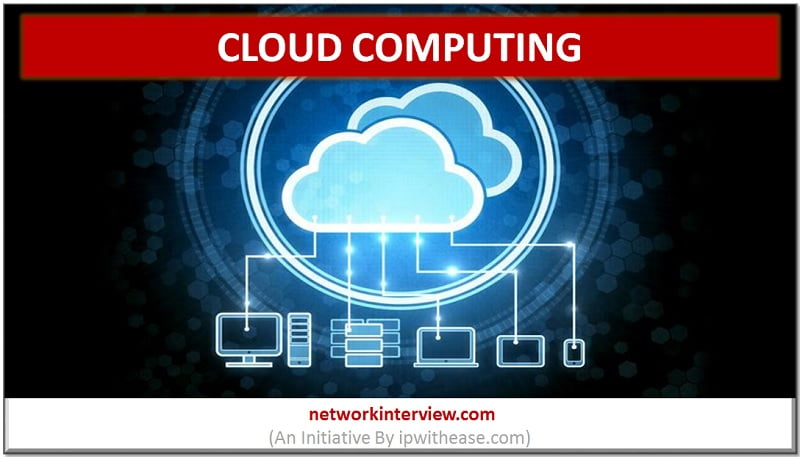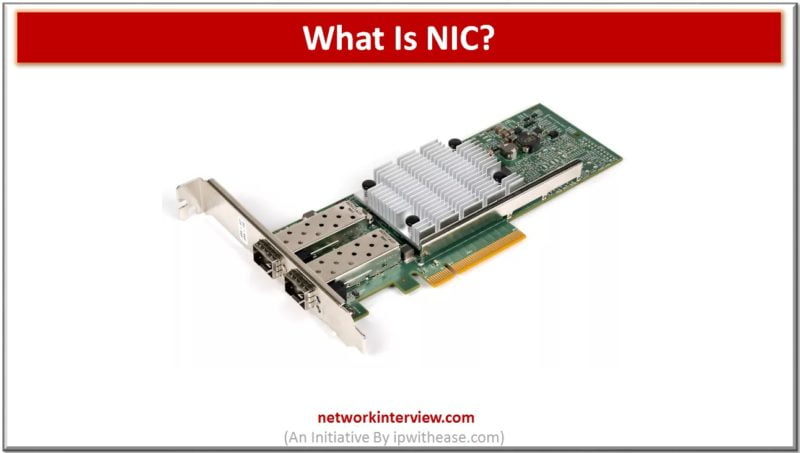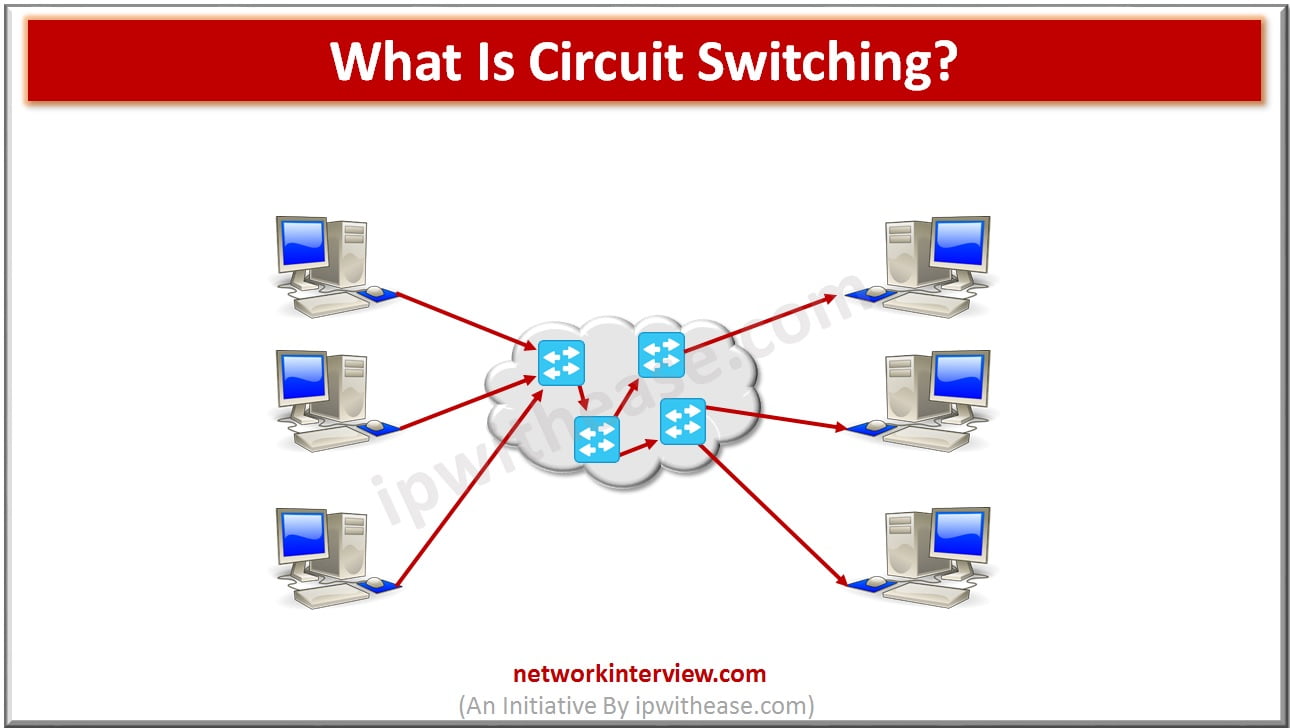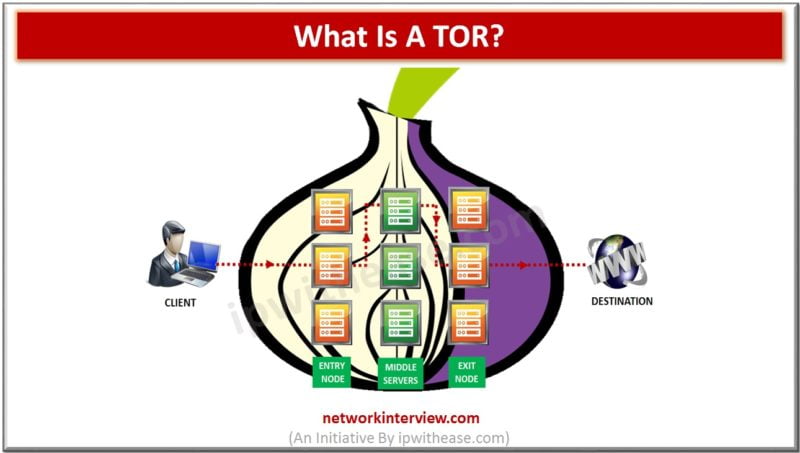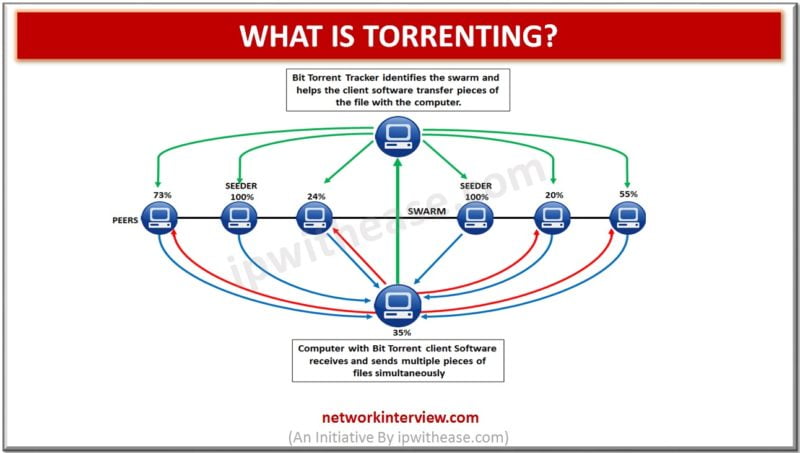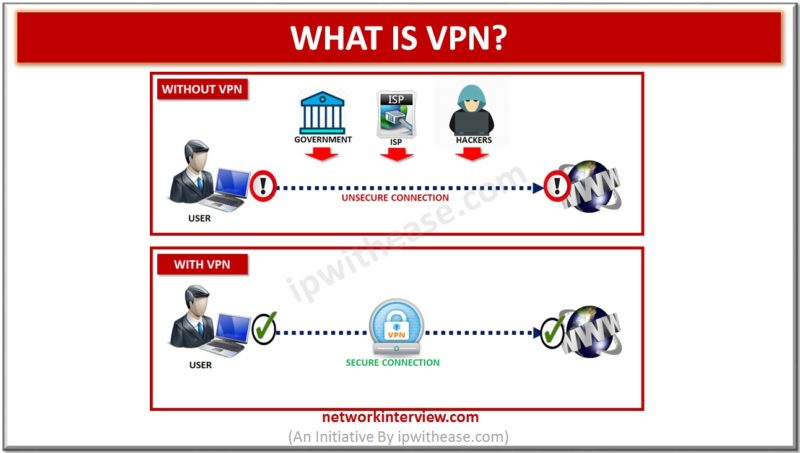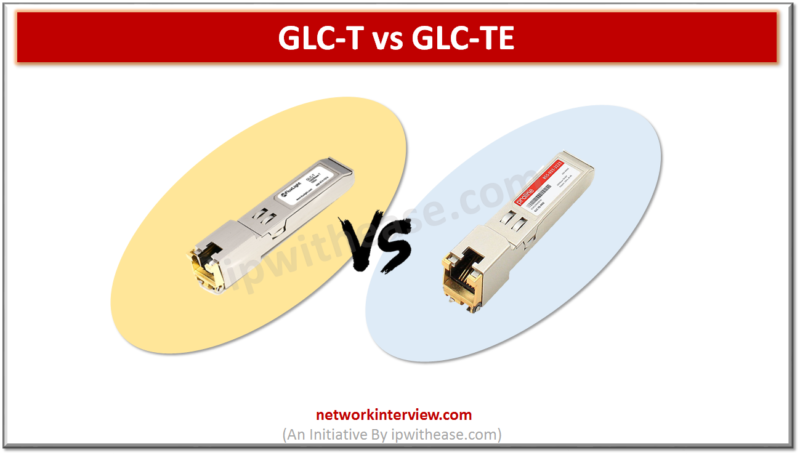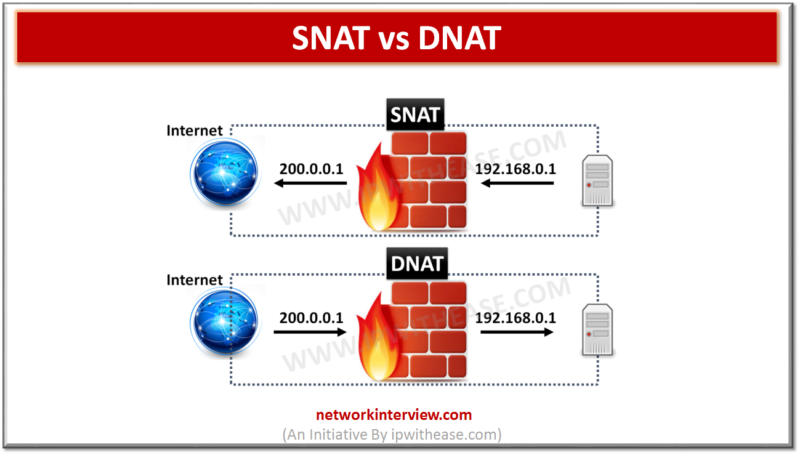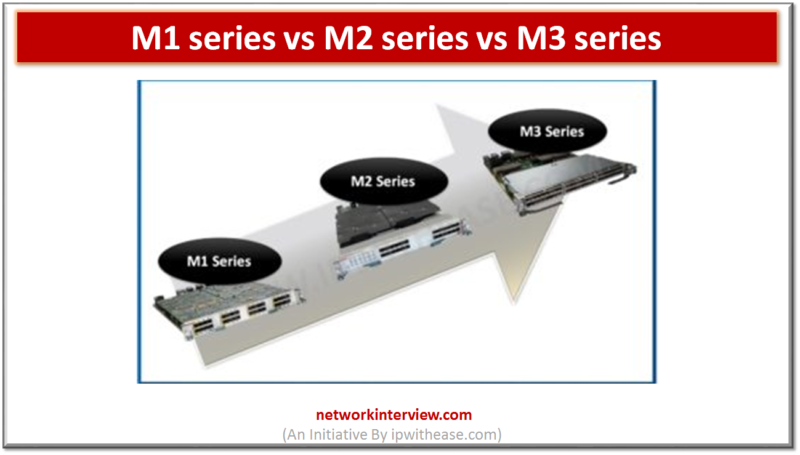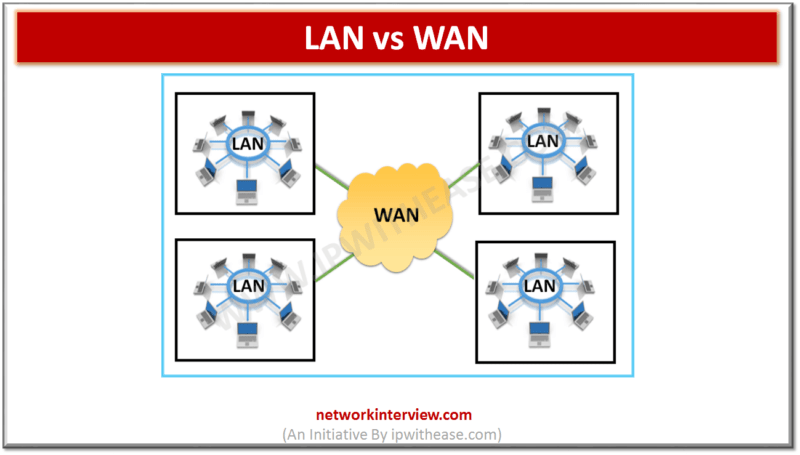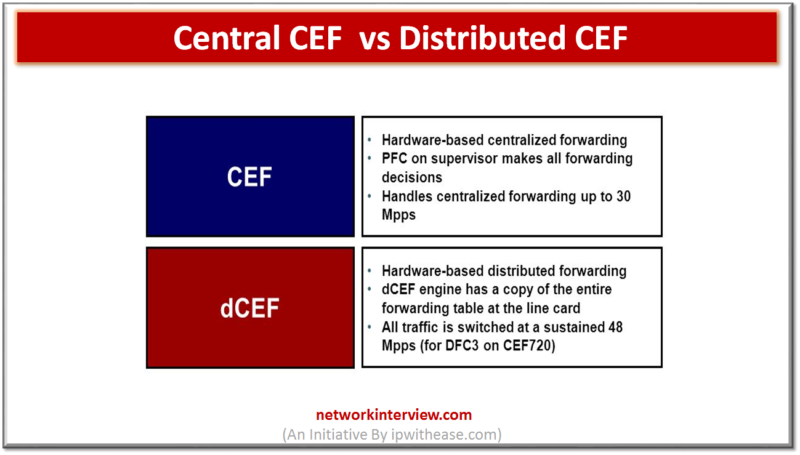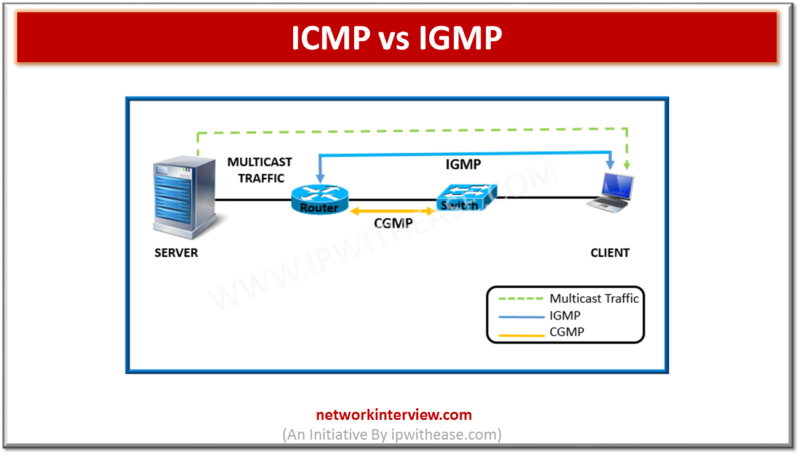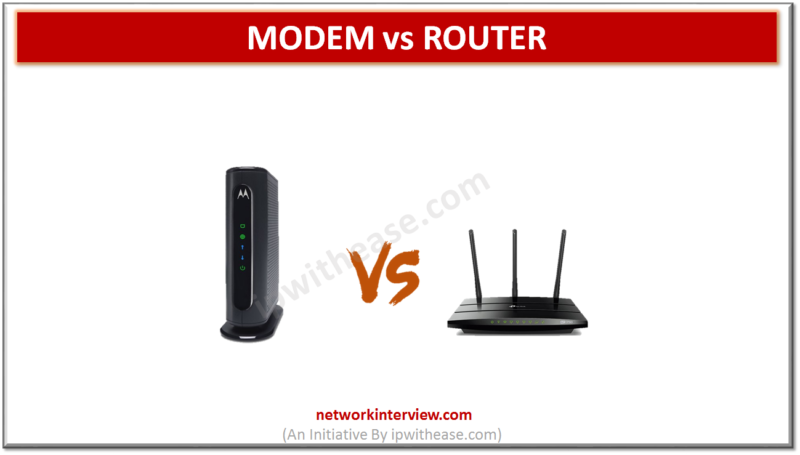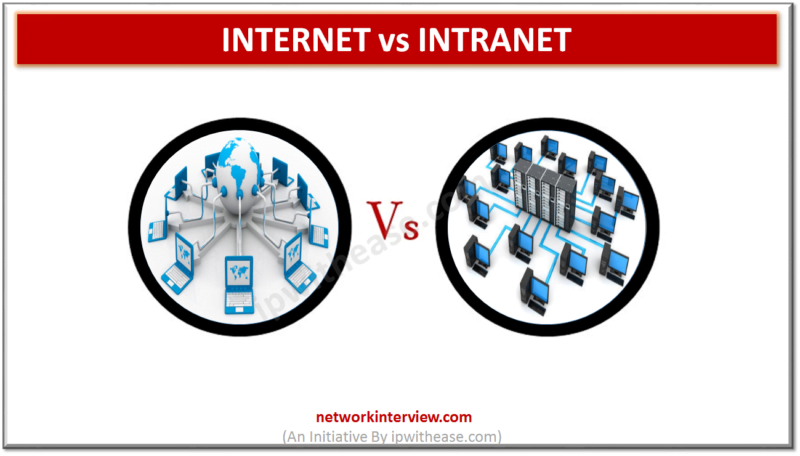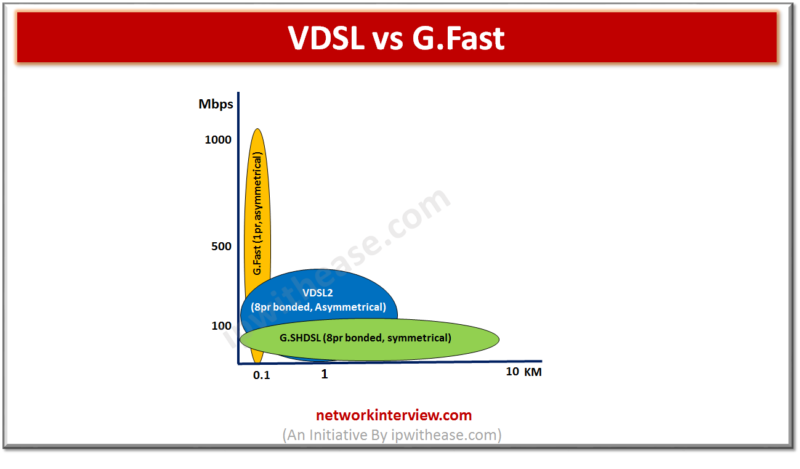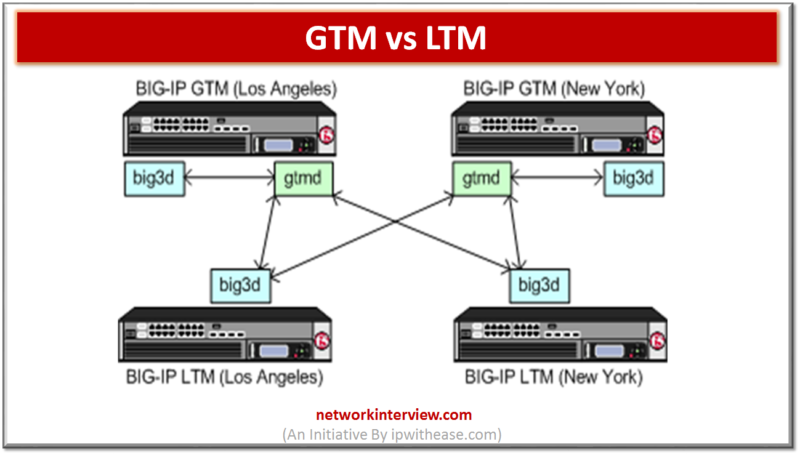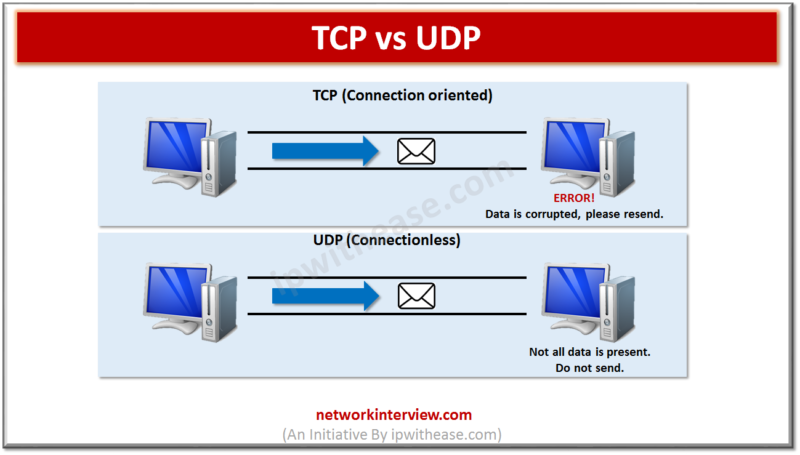Linux vs Windows Windows has been quite a popular choice for home and office users. It’s been the widely used Operating system used in desktops, laptops and personal computers. Linux is an open-source operating system which is based on UNIX …
The DVD technology was emerged in 1997. It revolutionized the movie industry and brought digital sound and video into homes all over the world. The Blu-ray Discs (BD) were introduced in 2006. With their high storage capacity, these discs can hold and …
Proxies (often called intermediaries in the SOA world) are hardware or software solutions that sit between the client and the server and do something to requests and sometimes responses. The most often heard use of the term proxy is in …
Introduction to URL Filtering Make sure that you type the name of your favorite social networking site in the web browser and it displays a message “The policy of your organization does not allow navigation to this website” and does …
Botnet(BOT) Users began to know this malicious program from the year 2000 when a teenager from Canada launched a series of denial of service attacks against very popular websites. The young man, whose nickname was Mafiaboy, attacked Yahoo, ETrade, Dell, …
For some years now, the word cyber security has become a standard among companies. Information Technology is already a common tool in business and to keep systems safe, security measures are lacking to help us avoid being exposed to large …
SSH PROTOCOL SSH (or Secure Shell) is a protocol that facilitates secure communications between two systems using a client/server architecture and allows users to connect to a host remotely. Unlike other remote communication protocols such as FTP or Telnet, SSH …
Equifax, Avanti or Down Jones, are sadly famous companies in 2017 for having suffered significant leaks of sensitive information. Thus, those who committed to ensuring the confidentiality of their customers, are faced with the obvious failure of wrong Data Loss …
NAT (NETWORK ADDRESS TRANSLATION) In computer networking, Network Address Translation (NAT) is the process of modifying IP address information in IP packet headers while in transit across a traffic routing device. Network Address Translation (NAT) allows security administrators to overcome …
In this post, we shall discuss about comparison of URL filtering and Content filtering. Both the terms are interrelated, however differ in flavor of how they protect and assets they protect. SO, lets understand them in more detail – URL …
Cloud computing and related services have been one of the most talked about keyword in the IT world. In this article, we will discuss around cloud computing models. Primarily, Cloud Models are of 2 types – Service Model’s Deployment models. …
CSMA/CA stands for Carrier Multiple Access/Collision avoidance. It is a technique using which the chances of collision are decreased. In most of the cases, the collision is avoided. It is used to transmit data using 802.11 standards. The similar technique …
To detect the error in any type of digital data, CRC is used. CRC stands for Cyclic Redundancy check. It is a type of has function that will automatically detect even the minor changes in the raw data of the …
CPE stands for Customer Premises Equipment. When it comes to telecommunication terminology, any of the telecommunication equipment that is either sold or rented/leased by the official carrier to any of their customers and that equipment is installed in customer’s location …
The transferring of data between two devices is known as Transmission Mode or Communication Mode in Computer Networks. So the Transmission mode basically defines the direction of flow of signal between the connected devices. TYPES OF TRANSMISSION MODES The different …
In networking, a port is defined as the endpoint of any data communication. This applies to a kind of data transfer whether they are using a wireless connection or these re physical connections. In the same way, when it comes …
A network bridge is a device that can create a single network from different and multiple network segments. In other words, it can connect the two or more networks. The function used here is called Network Bridging. There is a …
VLAN is the abbreviation of a Virtual local area network. In the real sense, it is a category of network devices, servers, and workstations that are visible on the same Local area network (LAN) in spite of their geographical positioning. …
Generic Routing Encapsulation (GRE) is the IP encapsulation protocol that is used to transport IP packets over the network. Generic routing encapsulation was initially developed by Cisco, but later become industry standard (RFC 1701, RFC 2784, RFC 2890). GRE can …
Firewalls are computer software programs that hinder illegitimate access to or from a personal network. They are used to improve security in a system of computers connected to a similar interface, including the Internet and LAN. Thus, they are a …
Telnet is one of the protocols that is used both on the internet and LAN (Local Area Network). In other words, Telnet is a protocol that is used in order to get access to the remote computer or the terminals. …
Address mask is also known as Subnet mask. IP address has the 2 main components among which the one is “Network Address” and other one is “Host address”. The subnet mask or the address mask separate network address with the …
URL Stands for Uniform Resource Locator. It is a web address that is used to locate any of the data stored on the cloud using the internet. URL is a type of Uniform Resource Identifier (URI). Use Cases of URL …
SMTP stands for Simple Mail Transfer Protocol. It is the protocol used for the email service that is used on the internet. It works on the TCP/IP protocol. Using the SMTP, we can either send or receive email messages from …
Introduction to NTP NTP is the protocol used in reference to time. NTP is responsible for synchronizing the time of the computer with the time of the network. NTP stands for Network Time Protocol. It is one of the oldest …
RAM (Random Access Memory) is a key memory component of computers, PCs, PDAs, smartphones and laptops. RAM is the main memory in a computer or PC and is much faster to read and write from than other kinds of storage. …
The term Cloud Computing means storing and accessing data and programs over the Internet instead of your computer’s hard drive. The name Cloud Computing is taken from the cloud symbol that is used to represent the Internet. In Cloud computing …
NIC or Network Interface Card is a circuit board or expansion card or a chip, that enables a computer to connect to a network, be it a home network, or the Internet using an Ethernet cable. Initially, network controllers were implemented as expansion …
Before understanding Packet Switching, let’s explore the basic types of switching. Switching is the important mechanism that provides communication between different endpoints or different computers and manages the data flow between the two end points. There are three types of switching …
Before understanding Circuit Switching, let’s explore the basic types of switching. Switching is an important mechanism that provides communication between different networks or different computer(s) and manages the data flow between the two end points. There are three types of switching …
TOR (The Onion Router) is a software and open network which allows the users to browse the Web anonymously. TOR makes it difficult, if not impossible, for any snoops to see our web mail, search history, social media posts or …
Introduction to Torrenting Torrenting is a P2P (peer-to-peer) file sharing technology used to share files efficiently. This technology relies on a community of decentralized users for file sharing rather than being dependent on traditional single website or source for downloading. …
VPN (Virtual Private Network) is a technology that lets you access the web safely and privately. It acts like a secure tunnel between your device and the internet. The information traveling between a connected device (computer, smartphone, tablet) and a …
The differences between GLC-T and GLC-TE are as follows – SOURCE:https://ipwithease.com
Virtual Private Networks (VPNs) and Proxy servers are both useful tools for improving your online privacy and security, but they serve different purposes. A VPN works by transferring your internet connection to a private server, thus making it much harder …
Introduction : SNAT vs DNAT In our previous post, we discussed about the NAT in detail. NAT is abbreviated for Network Address Translation, so the key word here is translation, as it is the process that is responsible for translation …
The differences between M1 Series, M2 Series and M3 Series are as follows – SOURCE:https://ipwithease.com
Before understanding LAN vs WAN, let’s know the two terms. LAN is abbreviation for Local Area Network. LAN is a network covering a small geographic area and connecting various end devices like computers and printers. LAN may be limited to a home, office, …
Difference between Central CEF and Distributed CEF SOURCE:https://ipwithease.com
Difference between IGMP and CGMP SOURCE:https://ipwithease.com
In today’s world, a stable internet connection is essential for work, entertainment, and staying connected. But when setting up your home network, you might wonder: What’s the difference between a modem and a router? Many people confuse these two devices, …
Difference between Internet and Intranet SOURCE:https://ipwithease.com
Difference between VDSL and G.Fast SOURCE:https://ipwithease.com
Difference between GTM and LTM FUNCTION GTM LTM Full Form Global Traffic Balancer Local Traffic Manager Industry Standard name Global Load Balancer Server Load balancer Name resolution GTM performs name to IP resolution Does not perform name to IP resolution …
TCP (Transmission Control Protocol) and UDP (User Datagram Protocol) are two core protocols of the Internet Protocol (IP) suite. They differ significantly in their features, use cases, and reliability. TCP vs UDP Here’s a detailed comparison: 1. Connection Handling TCP: …

